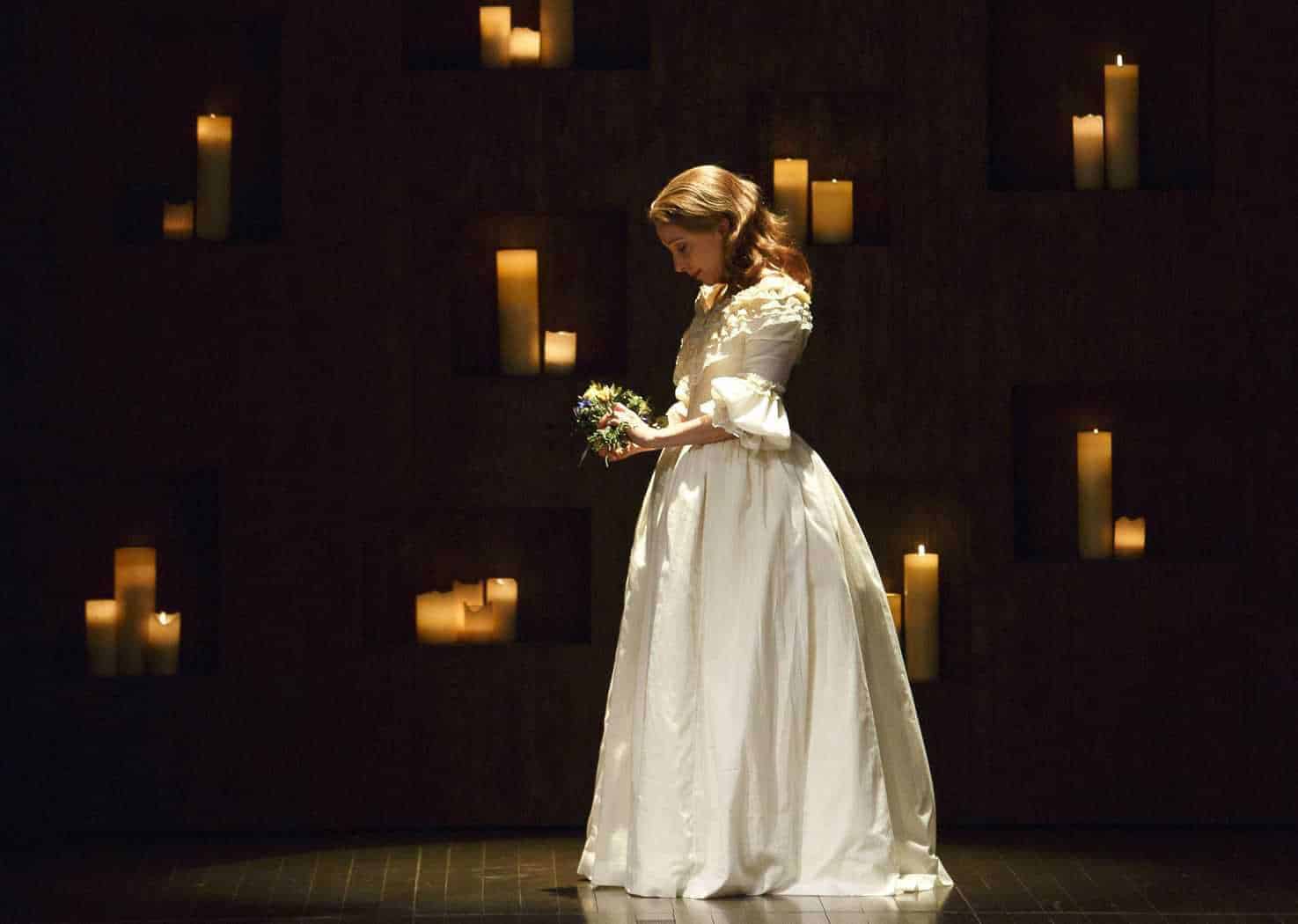
Nicolás Pereda’s Minotauro sees its North American debut in the Wavelengths section at this year’s Toronto International Film Festival. This nigh impenetrable avant-garde picture is a narcoleptic journey into the interior lives of three young adults (played by Pereda regulars Gabino Rodríguez, Luisa Pardo and Francisco Barreiro) as they sleep, dream, read, and interact with occasional visitors who take care of the residents of this Mexico City apartment.
Shot mostly in static long takes, Pereda’s lensing is a meticulous exercise in minimalism. The camera remains stationary during the majority of the run time. The camera movement is subtle, and the framing is delicate. The only major changes in the image occur when characters move or in the fade outs that transition into a new scene in a different room of their apartment.
Pereda’s idea of cinema is abstract, and Minotauro sometimes falls under the weight of repeated sequences of characters falling asleep in and around the apartment. But for the most part, he has a keen sense of projecting these bodies as interconnected that remains fascinating throughout. There’s something about these three characters that brings them together that isn’t easily identifiable due to the vague nature of how the narrative is presented.
As things progress, the three leads begin to become inseparable in their sleeping patterns. Daily habits of isolated reading become communal when they begin to read cryptic passages out loud to each other. Their relationship flourishes in one striking image near the close of the picture where the three residents of the apartment are unconscious once more, and Pereda presents their bodies as a tangled web of limbs as they sleep on top of one another. Here, the characters finally achieve some sense of unity; the mystery of their living situation feels more natural because their three bodies are conveyed as one whole.

A lot should be said of María Secco’s cinematography. It adds a great deal of weight to these otherwise stationary images. Secco’s work is the glue that holds the movie together. The images presented here carry an ethereal feeling evocative of the inbetween state of awake and rest. The feeling of sleep and the idea of dreaming is incredibly important to the tone Pereda wants to get across, and an image like the one of a person wrapped inside drapery with shimmering golden light behind him feel not of this world, but instead of a world of dreaming. The colour palette relies heavily on golds, browns and whites. This scheme is as minimal as Pereda’s camera movement, but Secco gets a lot of mileage out of these images. At its very best, it resembles the imagery present in the work of Carlos Reygadas.
The film’s stream of consciousness mode is not going to be for everyone. When it becomes as lethargic as the characters, towards the end, the ideas get repetitive. Ultimately, this repetition is what makes or breaks Pereda’s vision: viewers may find it either comatose or transcendent. Minotauro is stuck somewhere in the middle of these two descriptors, never really breaking its own formal rigour. Although there’s a lot to be admired here, like the stunning imagery, Pereda’s feature feels too wayward to leave any distinct imprint. Some impressive aspects don’t find their way into a cohesive whole. Too often, the entire project feels listless. Occasionally, Pereda’s vision finds clarity, like the convergence of the tenants’ relationship in the scene mentioned above, but the experience becomes wearying once you realize there will be few deviations from the specific, established rhythms of Minotauro.
Miniaturo screens with Night Without Distance on Sat., Sept. 12 at 10 p.m. at Jackman Hall (AGO) and Sun. Sept. 13 at 9:30 a.m. at Jackman Hall (AGO).

